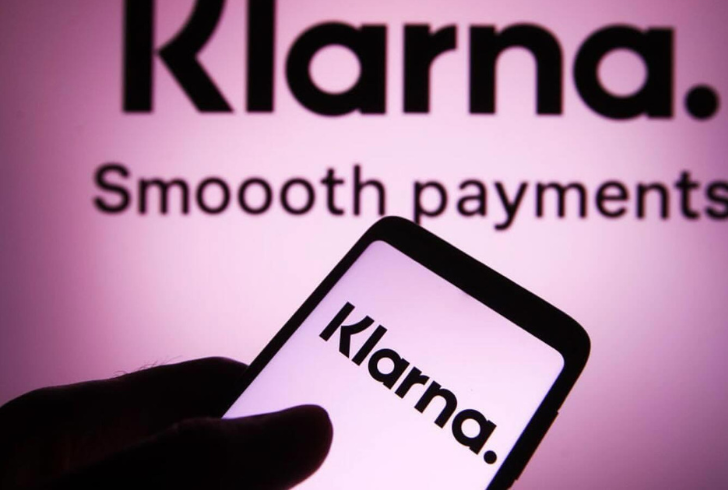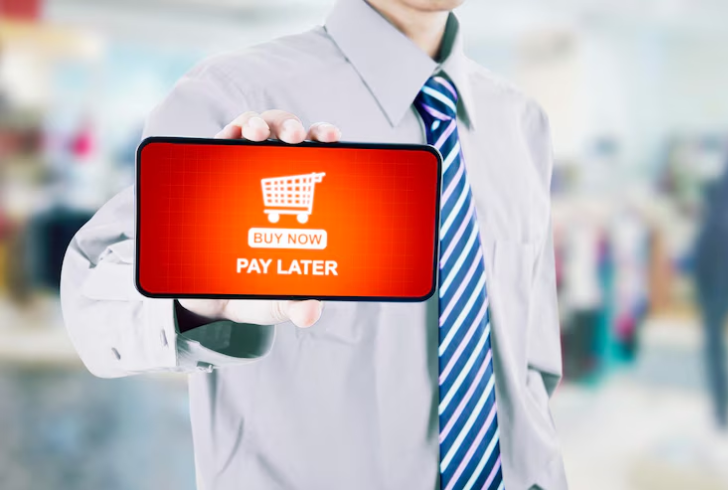Consumer behavior is shifting in unexpected ways, and not all signs point to stability. What used to be a convenient option for spreading out payments has now turned into a potential signal of financial strain. A recent batch of data from major players in the Buy Now, Pay Later (BNPL) space shows that while usage of these services continues to grow, so do late payments and credit losses.
This shift raises a critical question: Are consumers leaning on deferred payments just to get by?
A Closer Look at Klarna's Latest Numbers
Swedish BNPL company Klarna released its Q1 report this week, and the details are telling. Revenue increased to over $700 million, but that wasn’t the only headline. The company’s net losses doubled to $99 million year-over-year. And even more telling, consumer credit losses jumped by 17%.
It’s not all about raw numbers though. Klarna tried to soften the blow, stating that credit losses represent just 0.54% of total consumer loans — a slight uptick from 0.51% the previous year. That said, a growing number of consumers are showing signs of struggling to repay what they owe.

Instagram |melaninizhere | Klarna's Q1 results reveal higher revenue but significantly increased net and consumer credit losses.
And Klarna isn’t operating in isolation. These developments come on the heels of the company announcing a collaboration with DoorDash — a move that, while designed to boost revenue, sparked a fair amount of satire online. Memes have compared late-night Taco Bell orders on BNPL to the recklessness of the 2008 subprime mortgage crisis.
Consumers Are Using BNPL for More Than Just Splurges
A LendingTree survey recently uncovered some concerning trends among BNPL users in the U.S.:
41% admitted to missing a BNPL payment in the last year, up from 34% the year prior.
25% used BNPL for groceries, marking a 14% increase.
This suggests a shift from using the service for optional or luxury items to using it for essential purchases — a sign that some consumers may be relying on short-term loans just to cover basic needs.
This pattern doesn’t just speak to individual financial choices; it also offers insight into the broader state of household economics. As inflation and cost of living remain elevated, these data points suggest that more consumers are turning to flexible payment options out of necessity rather than convenience.
Affirm’s Struggles and Klarna’s IPO Delay
Klarna’s biggest U.S. competitor, Affirm, has also had a turbulent quarter. After releasing a forecast that failed to meet expectations, its stock initially dropped. However, there was a slight rebound as the company attempted to carve out more space in the market traditionally dominated by credit card issuers.
Meanwhile, Klarna chose to delay its much-anticipated IPO, citing tariff-related market volatility. While they’ve downplayed the connection between rising credit losses and consumer behavior in the U.S., the numbers still paint a cautious picture.
Why These Metrics Matter More Than Ever
Klarna emphasized that 83% of its loans reset within three months — a figure they claim allows them to adapt quickly to shifting market conditions. However, relying on this flexibility may not be enough if economic stress continues to mount.
The growing dependency on BNPL services is shaping up to be more than a trend. It’s becoming a window into how American consumers are managing their finances under pressure. And with every missed payment or grocery purchase on installment, that window is getting clearer.
What This Means for the Bigger Economic Picture

Image by creativaimages on freepik | Consumers show shifting habits through BNPL choices.
As tools like BNPL become more embedded into everyday spending, they’re emerging as unexpected economic indicators. Tracking traditional debt like credit card delinquencies has always been a part of assessing consumer health, but now BNPL patterns are joining the conversation.
These alternative finance tools may have started as a modern convenience, but they now serve as real-time signals. When consumers opt to break up payments for groceries and routine takeout, it speaks volumes — not just about personal habits, but about larger economic realities.
If market conditions tighten and a recession sets in, the "buy now, pay never" mindset will likely give way to stricter underwriting and fewer approvals. But for now, it’s a metric that analysts and economists are watching closely.
Shifting Habits Signal a Deeper Strain
More consumers turning to BNPL services for everyday items is no longer just a trend — it’s a warning sign. With late payments on the rise and essential purchases being financed through installment plans, these shifts reveal more about consumer confidence and financial stability than any buzzword-filled economic forecast.
It’s not about panic — it’s about awareness. When financial tools designed for flexibility start being used for survival, it’s time to pay attention.
